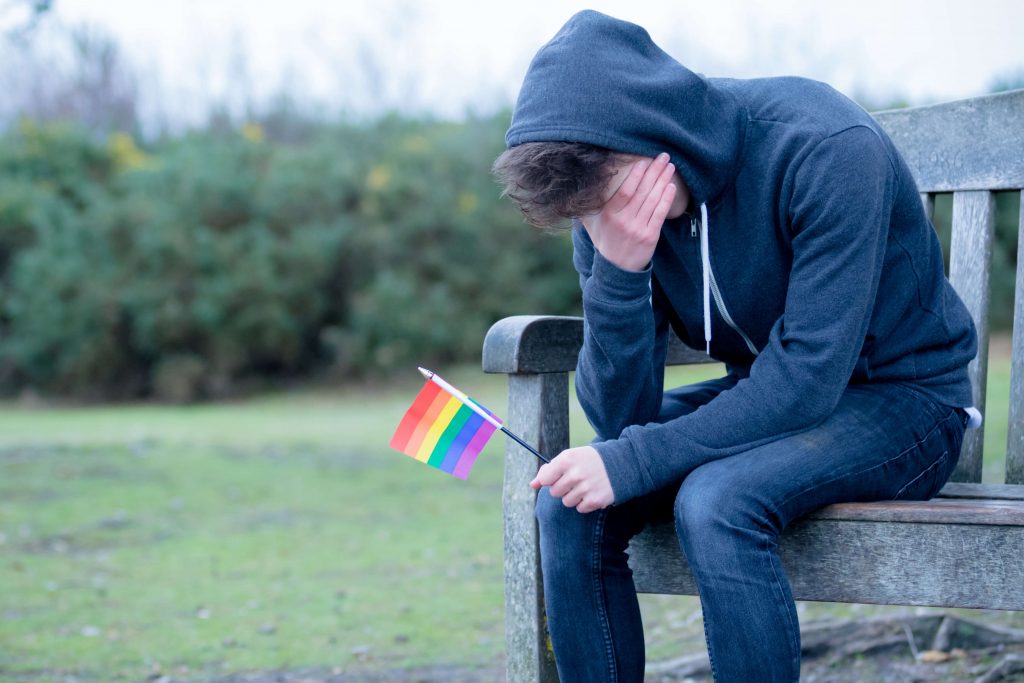
Bullying….something we hope our children don’t experience – or instigate. Even if they do not experience bullying directly, 56% of students have been bystanders and witnessed bullying in the school setting. (The Family Place Be Project.org) Odds are, your child or their friends will indeed be affected by bullying. With the school year just beginning, now is a good time to be armed with strategies to assist the young person in your life when faced with this issue.
Bullying occurs when a person or persons repeatedly harms or threatens another person either verbally, physically, emotionally, or socially. This can be done directly (hitting, teasing, threatening) or indirectly (starting rumors, leaving someone out on purpose).
I won’t waste our time going through all the effects bullying can have on a person. We all know it can increase anxiety and depression. It can decrease self-esteem. The child may not want to attend school and is likely to skip PE. (Guess where a lot of bullying takes place while in school?)
And the effects can last a lifetime.
1. Labeling people as “bullies” and “victims” is not a great idea. Labeling a person implies this is who they are and who they will always be, and we don’t want these young people to carry that label into adulthood – we want them to grow into confident, compassionate humans.
2. Model empathy and kindness. Avoid disparaging remarks about others, especially those who identify as a minority within your community; someone who is “different” than you as far as race, religion, culture, sexual orientation, or economic status. Typically these individuals become the targets of those that bully.
3. Understand the social messages that inundate our society. Reality shows frequently model belittling between individuals. I just don’t find that entertaining; in fact, I find it hurtful and painful to watch. The message we send to people, regardless of age, is that insulting others, people can appear more confident and powerful. The truth is, the person doing the belittling is probably dealing with their own feelings of insecurity, or have experienced bullying themselves. They haven’t learned social skills that enable them to communicate effectively without using hurtful messages. We also hear controlling messages in music, and experience less-than-friendly rivalry with certain sporting events, such as wrestling. (Bullying statistics.org) Start a conversation with your young person about these messages, especially as we see this behavior modeled in our leaders.
4. Focus on positive behavior. When you see a young person being kind to someone, remark on it. However focus on what the child did and what the outcome was, not how you feel about what the child just did. For example, “I noticed you help Richard get away from Tom when he was teased. He looked relieved.” (Guidelines for Effective Discussions About Bullying.) This can inspire the child to be kind because it makes HIM feel good about his actions, not because it makes YOU feel good or proud.
5. Talk about bullying. Explain bullying is never okay, and that it is important to tell an adult if it happens to them or a peer. According to stopbullying.gov, give them strategies such as telling the person doing the bullying to stop – but do not confront – then walk away. Or disarm him with humor, then walk away. Or just walk away. (Get the pattern here?) An adult should be informed – or tell friends – so s/he won’t feel so alone. Walk in groups of friends or stick by adults, since it isn’t is likely to happen if there are adults around.
6. Look for tell-tale signs that your child may be having problems. Classic signs include increased anxiety and depression, falling grades, or feeling “too sick” to go to school. Locker room bullying before and after PE class, as well as during class, is common. Playground bullying as well as during intramural sports are other typical bully opportunities. If your child or student refuses to dress for PE, attend PE class, or decides they no longer want to play on a team or go out for recess, red flags should be going up.*
7. Be alert to the mental health affects. Cyberbullying can be especially detrimental to young people and their mental health. It can sometimes lead to substance use. To learn more about this read Cyberbully and Substance Abuse by Walter Keenan, Ph.D. and David Cohen, M.D of Inpatient Drug Rehab.org.
8. Be there for your child. Ask them open-ended questions about their day. Ask who they hang with, eat with, talk to. Show them you are there for them.
9. Talk about being a bystander v. an up stander.. Many kids are bystanders, that is, they witness the bullying, but don’t know what to do. I totally get that. There is a fear of becoming a victim themselves. But when that happens, the person who bullies has an audience, which they like, and they also take the silence as approval and encouragement. So let’s have them try these strategies offered by Stan Davis of StopBullyingNow.org and StopBullying.gov.
- Help the person being bullied escape by telling him he is needed elsewhere and then walking out with him.
- If someone is sharing a rumor, change the subject.
- Do not spread rumors, and tell friends to not share rumors as well.
- Spend time with or become friends with the person who is being bullied so they don’t feel alone.
- Tell a trusted adult.
10. Do not confront the individual. According to Bullying Prevention of the State of Maine and Stan Davis, encouraging a student to talk with the person who bullied them to explain how they feel is a big “no”. By telling that person they feel hurt, sad, mad…whatever… s/he has gained power over their target that they were seeking – their bullying worked! It won’t stop the behavior, in fact, it may make the problem worse. Remember, this isn’t a squabble between two friends.
This goes beyond “it’s not nice” to bully. How can we change our social constructs so that good deeds demand more of our focus than negativity? TV, music, movies, sports, news, daily conversation…..be aware of the subtle messages our youth are receiving. We can’t change what is on TV, but we can change the channel.
For further reading, check out this article by Huff Post and this guideline by Your Gear Descontructed.

*Roman, C., & Taylor, C. (2013). A Multilevel Assessment of School Climate, Bullying Victimization, and Physical Activity. Journal of School Health, 83(6), 400-407.
(Updated 8/11/2018)

